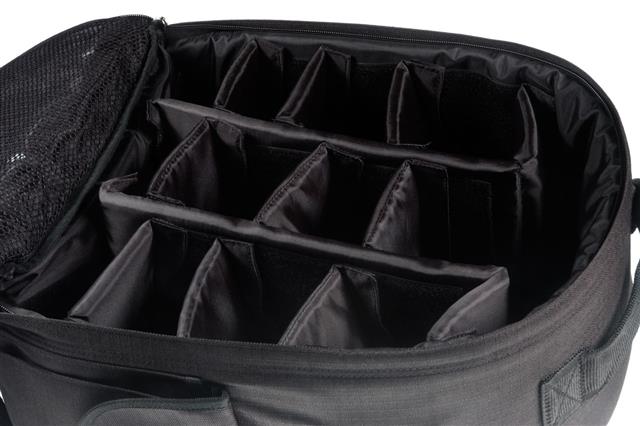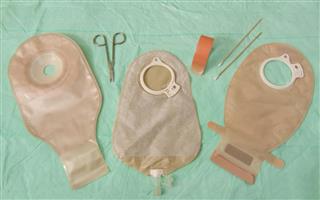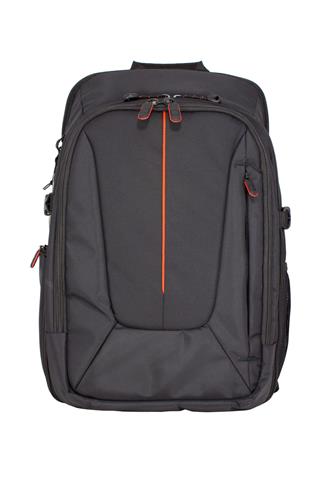
Nylon is a man-made fibrous material that finds many applications in households as well as industries. This ScienceStruck post provides some information about the properties and uses of nylon.
Did You Know?
One of the most commonly used grades of nylon is Nylon-6, 6. Owing to characteristics such as superior resistance to abrasion and sunlight, and excellent color fastness, it is popular.
What is Nylon?
Nylons are one of the most common polymers that are light in weight and tough. Its major use being in clothing, it is available in the form of a thermoplastic as well. Nylon can also be referred to as a thermoplastic polyamide.
The term ‘polyamide’ refers to the presence of repeated units with amide linkages between them. Also, it belongs to the family of strong resilient synthetic fibers. In the year 1935, it was first created by a research team that was headed by Wallace H. Carothers (DuPont) on February 28. This synthetic fiber made its first commercial appearance in the form of a nylon-bristled toothbrush, following which its use in the production of woman’s stockings gained extreme popularity. During the Second World War, there was a scarcity of silk. This gave rise to the use of nylon and it became a synthetic replacement for silk. Its substitution proved to be a success and it began to be used in making parachutes, flask vents, ropes, and for military purposes.
Nylons are available in many types like nylon 6, nylon-6, 6, nylon 6/6-6, nylon 6/9, nylon 6/10, nylon 6/12, nylon 11, and nylon 12. Out of these, the two most common grades are nylon 6 and nylon-6, 6. The material is available as homopolymer, co-polymer, or reinforced. To improve their performance, nylons can be blended with other engineering plastics.
Nylon-6, 6
Nylon-6, 6 is a polymer made by the synthesis of hexamethylenediamine and adipic acid, giving it a total of 12 carbon atoms in each repeating unit and hence its name. It has high mechanical strength, great rigidity, and great stability under heat.
- Molecular Formula: (C12H22N2O2)n
- Density: 1.14 g/mL
- Melting Point: 542 K
Nylon 6
Nylon 6 or polycaprolactam, is a polymer synthesized by the ring-opening polymerization of caprolactam, giving it a total of 6 carbon atoms in each repeating unit and hence its name. It has high tensile strength, elasticity, luster, and is tough.
- Molecular Formula: (C6H11NO)n
- Density: 1.084 g/mL
- Melting Point: 493 K
Properties of Nylon
With an increase in the nylon number, in the different types as mentioned above, there is a reduction in the values such as specific gravity, melting point, and moisture content.
Nylons are known to have a high tensile strength. Its tensile strength value being 90 – 185 N/mm2
The density value is 1.13 – 1.35 g/cm3
The specific gravity is very less with a value of 1.14.
The melting point value is given as 190 – 350 °C (374 – 662 °F).
The value for thermal coefficient of expansion is 80 x 10-6.
It has an electrical conductivity value of 10-12 S/m and thermal conductivity value of 0.25 W/(m. K)
It is known that nylons can be used in a high temperature environment. The maximum continued use of temperature value is 150 – 185°C (302 – 365°F).
Nylons are mostly semi-crystalline in nature and are usually very tough with good thermal and chemical resistance.
It has great resistance to abrasion and flexing.
They provide good resistance to formaldehyde, solvents, alcohols, and most chemicals, however, they can be attacked by phenol, iodine, alkalies, and acids.
They are believed to have limited resistance to dilute acids and excellent resistance to oils and bases
Uses
For Home Use
- As a fabric, it is best-suited and used for making swimwear and athletic gear.
- It is also used in making dresses, tops, linings, hosiery, lingerie, woman’s underwear, raincoats, etc.
- The fabric is also used in making handbags, backpacks, umbrellas, sewing threads, etc.
- For interior designing, it is used in carpets, curtains, upholstery, and bedspreads.
For Industrial Purposes
- It is used in the making of a wide range of items such as hoses, tire cords, conveyor and seat belts, sleeping bags, dental floss, computer ribbons, automotive airbags, tarpaulins, ropes and nets, tents, parachutes, industrial threads, fishing line and nets, footwear, etc.
- It is used to make gears, machine screws, and machinery components in its solid form.
- It is suitable for processing by rotational moulding, injection moulding, and casting or extrusion into film or fiber. These compounds have many applications as replacements for metal parts, like in car engine constituents.
- Their films are used in food packaging. That is, they are used in boil-in-the-bag food packaging, due to the toughness, low gas permeability, and temperature resistance that they provide.
Looking at the aforementioned properties and its several uses, nylon has definitely proved to be the most durable synthetic fiber available, which explains its popularity till date.










